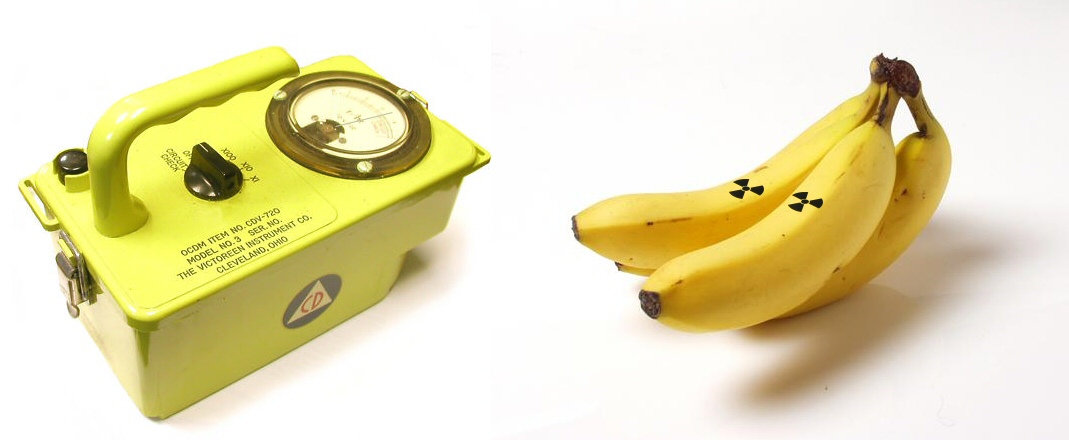Every now and then, a study is released from which news outlets cherry pick information for the sole purpose of developing a narrative to incite fear and thus generate traffic to their website.
One of the more recent examples of this is a study about radioactive materials humans interact with on a daily basis. What followed were several unnecessarily fearful reports like the chance one might develop radiation poisoning from eating too many bananas, and so on.

To counter these reports, and quell the panic among those otherwise uneducated about the nuclear sciences, a team of nuclear engineers at North Carolina State University has issued a report detailing the levels of radiation emitted by everyday objects.
“We did this study because understanding how much radiation comes off of common household items helps place radiation readings in context – it puts things in perspective,” says Robert Hayes, an associate professor of nuclear engineering at North Carolina State University. “If people understand what trace levels of radiation mean, that understanding may help prevent panic.”
The researchers used a portable gamma radiation meter to measure external gamma radiation levels in a North Carolina home. The metric used was microgray per hour (μGy/hr).
Among their findings:
Avocados give off 0.16 μGy/hr of gamma radiation
Bananas emit 0.17 μGy/hr
Bricks average about 0.15 μGy/hr
Smoke detectors (even with their americium components) give off 0.16 μGy/hr
For what it’s worth, natural uranium ore measures 1.57 μGy/hr.
“If you're surprised that your fruit is emitting gamma radiation, don't panic,” Hayes says. “The regulatory level for workers – which is safe – is exposure to 50,000 μGy per year. The levels we're talking about in your household are incredibly low.”
To learn more, and perhaps subdue your own personal fears about accidental exposure to nuclear radiation, check out the full study, “Contributions of Various Radiological Sources to Background in a Suburban Environment,” which is was published in the journal Health Physics.
Advertisement
Learn more about Electronic Products Magazine





